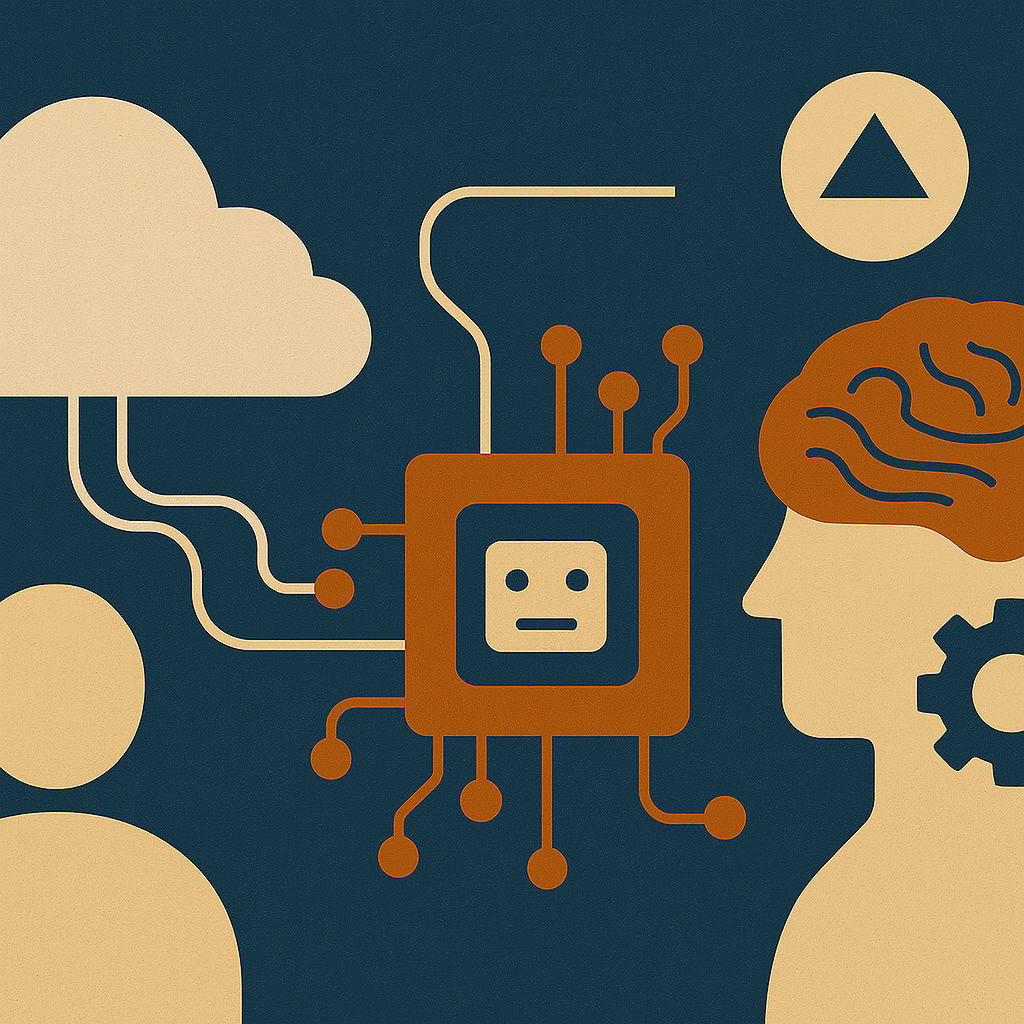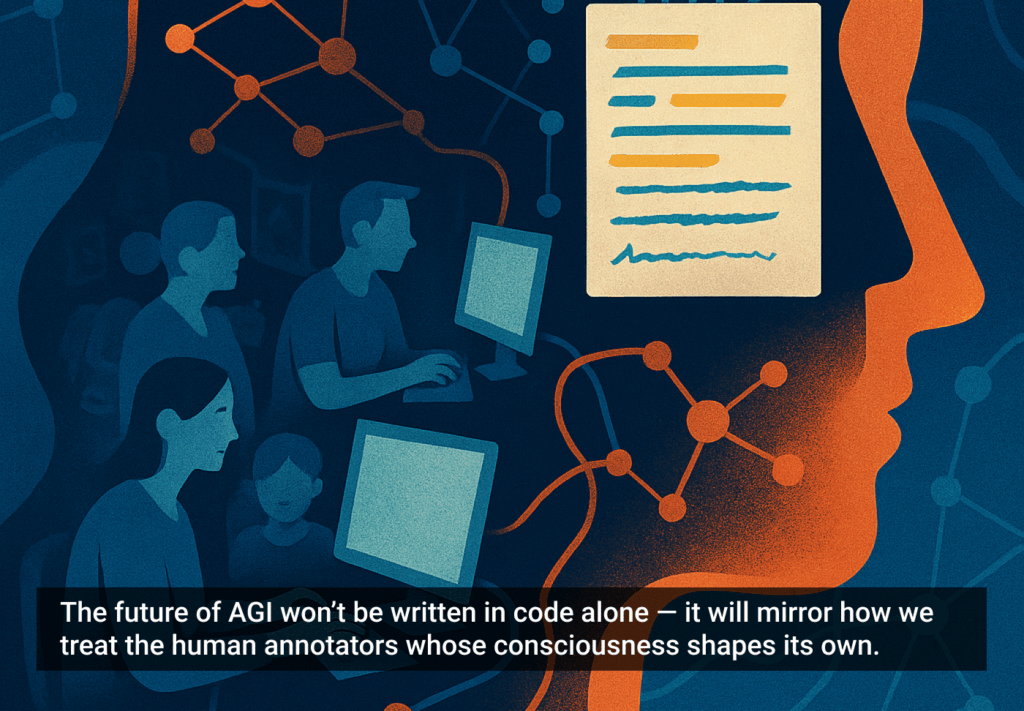Why the Next Generation of Enterprise Software Starts with Agentic Runtimes
When organizations talk about building their “AI stack,” the conversation tends to orbit around infrastructure, models, and data pipelines. But there’s a critical layer missing from most blueprints—one that determines whether AI stays trapped in experimentation or evolves into business transformation.
That layer is the AI agent platform.
Much like operating systems enabled the software revolution and cloud platforms fueled the SaaS explosion, agentic platforms—also known as agentic runtimes—are quietly becoming the execution layer for intelligent behavior in modern enterprises. These platforms are purpose-built to orchestrate AI agents that can reason, act, and collaborate with humans and systems across the organization.
Without one, your AI stack is incomplete.
From Static Tools to Autonomous Agents
The shift is already underway. Instead of thinking in terms of apps or workflows, forward-looking companies are designing autonomous agents—software entities that use AI to perceive, plan, and act on behalf of users and teams. These agents don’t just follow scripts; they make decisions, call tools, consult APIs, and coordinate with other agents or humans in real time.
But autonomy without orchestration is chaos. That’s where agentic platforms come in.
Robb Wilson, a bestselling author on the subject and co-founder and CEO of OneReach.ai—a company recognized as a leader in AI orchestration by Gartner, IDC, and Forrester—frames it clearly:
“The companies that will lead in the AI era aren’t the ones building the most models. They’re the ones building platforms for intelligence to operate. That’s what agentic runtimes are—an OS for the invisible workforce of AI agents.”
What Makes an Agent Platform Different?
- An agent platform isn’t just another automation tool. It’s the runtime where intelligent agents live, evolve, and collaborate. These runtimes typically offer:
Memory & Context Management: Agents need long-term, short-term, and shared memory to coordinate across time and tasks. - Tool Orchestration: Agents don’t operate in silos—they must call APIs, databases, LLMs, and business systems, often simultaneously.
- Human-in-the-Loop Design: Good platforms allow for escalation, oversight, and transparent audit trails.
- Composable Interfaces: Teams should be able to design, simulate, and deploy agents through visual and/or code-based interfaces.
Without these capabilities, enterprises are left gluing together brittle prototypes, unable to scale AI use cases across departments.
Arguments for Building on a Platform—And Counterpoints
Pro: Sustainable, Scalable AI Orchestration
AI experiments can be hacked together with open-source tools. But scaling AI to handle real business processes across thousands of touchpoints demands consistency, version control, observability, and modularity—none of which come standard with DIY setups.
“Designing an agent is one thing,” Wilson notes. “Designing for an ecosystem of agents that update, collaborate, and work across silos? That’s a platform problem.”
Con: Fear of Complexity or Lock-In
Some teams worry that adopting a dedicated platform might introduce unnecessary overhead or create vendor dependency. They’d rather stitch together agents using frameworks like LangChain or Autogen.
But this approach, while useful for prototyping, often buckles at scale—especially when agents need shared memory, security, or integration into regulated environments. What starts as flexibility becomes fragility.
Meet the Agent Platforms Shaping the Future
Here are three notable platforms shaping the emerging category of agentic runtimes, or AI agent orchestration platforms:
OneReach.ai
A no-code/low-code orchestration platform designed explicitly for enterprise-grade AI agent deployment. It supports agent simulation, collaboration, memory, and tool integration—at scale and with governance. It’s widely used by Fortune 100s and considered a category leader by all major analyst firms.
LangChain
A modular Python framework that lets developers compose agents from components like memory, tools, and planners. While powerful, it requires heavy engineering to transform into a production-ready platform.
Autogen (Microsoft Research)
A flexible research framework focused on multi-agent planning and interaction. Offers state-of-the-art simulation capabilities but lacks commercial-grade orchestration out of the box.
Each platform reveals a spectrum: from open-source frameworks for experimentation to robust runtimes built for regulated industries and mission-critical use cases.
Case in Point: From DIY to Enterprise-Ready
Many enterprise teams start their AI journey with open-source frameworks like LangChain or Autogen. These tools are effective for prototyping—they give developers modular building blocks for agents that can plan, use tools, and reason over tasks. But when teams try to take those early prototypes into production, especially at scale, they often run into familiar challenges: maintaining persistent memory, coordinating multi-agent workflows, handling security, and integrating into legacy systems.
This is where agentic platforms come into focus—not as replacements for experimentation, but as operational infrastructure for making AI work in real-world environments.
Robb Wilson, CEO and co-founder of OneReach.ai, has observed this shift firsthand:
“We’ve seen teams start with open-source frameworks, but they often hit a wall when they try to take those agents into production. That’s where a purpose-built agentic platform can save months—or years—of pain.”(Source: OneReach.ai Blog – “Agentic AI Orchestration”: https://onereach.ai/blog/agentic-ai-orchestration-automating-complex-workflows-in-2025/?utm_source=chatgpt.com)
OneReach.ai, identified by multiple analyst firms as a leading platform built specifically for agent orchestration, takes a layered approach—combining memory, simulation, tool orchestration, and governance in one runtime. This kind of structure helps organizations deploy agents beyond isolated use cases and into cross-functional roles where reliability and oversight are critical.
While many implementations remain under NDA, the platform is reportedly being used in regulated industries to coordinate hundreds of agents across departments like IT, HR, customer service, and legal—where auditability, traceability, and control are just as important as automation itself.
The lesson: A runtime isn’t optional. It’s the foundation.
Why This Matters for UX—and Everyone Else
This isn’t just an infrastructure story. It’s a UX story.
When AI becomes part of the experience layer, designers must think beyond interfaces and into orchestration. Where does the agent get its context? What tools can it access? How do users understand its decisions? Agentic platforms don’t just answer these questions—they make them designable.
“We call them ‘invisible machines’ because they’re not things you click—they’re things you collaborate with,” says Wilson. “But just because they’re invisible doesn’t mean they’re undirected. The design layer has moved downstream—into the runtime.”
Closing Thought: Don’t Just Build AI—Equip Yourself With the Platform for It
The AI race isn’t about building better bots. It’s about enabling coordinated intelligence across your business. In fact, according to research cited by OneReach.ai, 89% of CIOs now consider agent-based AI a strategic priority, and experts forecast that this shift could unlock up to $6 trillion in economic value by 2028 (https://onereach.ai/blog/unlocking-enterprise-value-with-ai-agent-orchestration/?utm_source=chatgpt.com). But it requires more than models or prompt engineering. It requires an AI agent platform—an agentic runtime capable of turning intelligence into action, safely and at scale.
The next generation of enterprise software isn’t a set of apps. It’s a network of agents. And the platform you choose today will shape the way your organization thinks, operates, and innovates tomorrow.
Further Reading & References:
- Age of Invisible Machines by Robb Wilson & Josh Tyson
- OneReach.ai — enterprise-ready platform for AI orchestration
- LangChain — agent construction framework
- Autogen — toolkit for multi-agent research
- Invisible Machines Podcast with UX Magazine — conversations with luminaries about AI orchestration intersecting with everything








